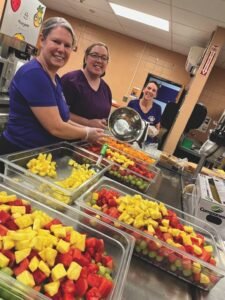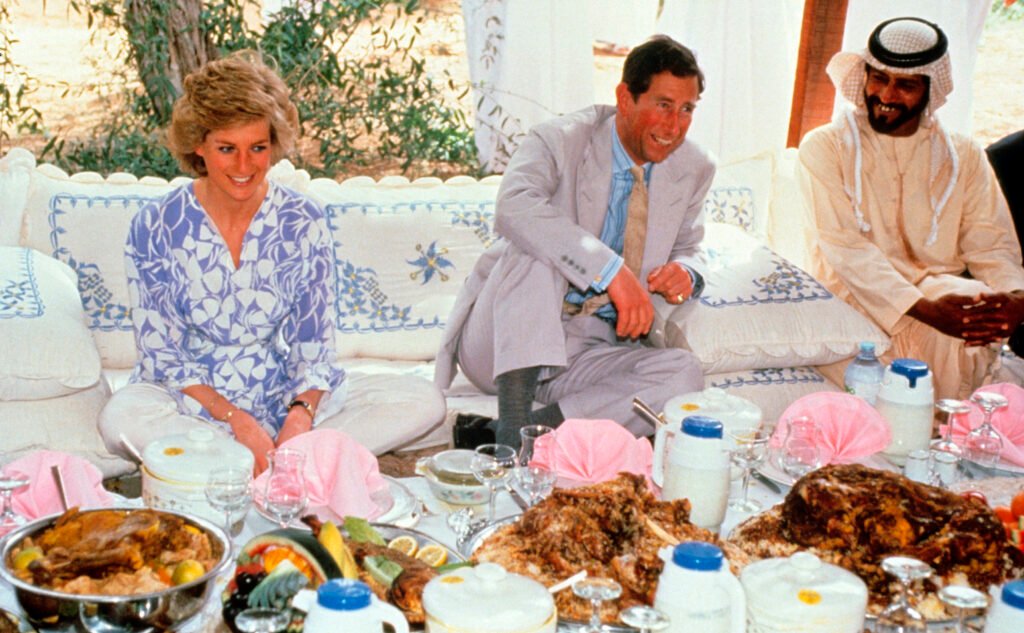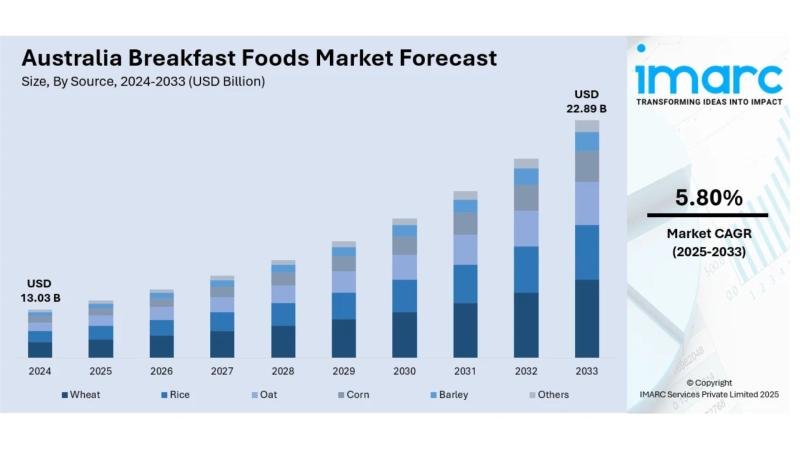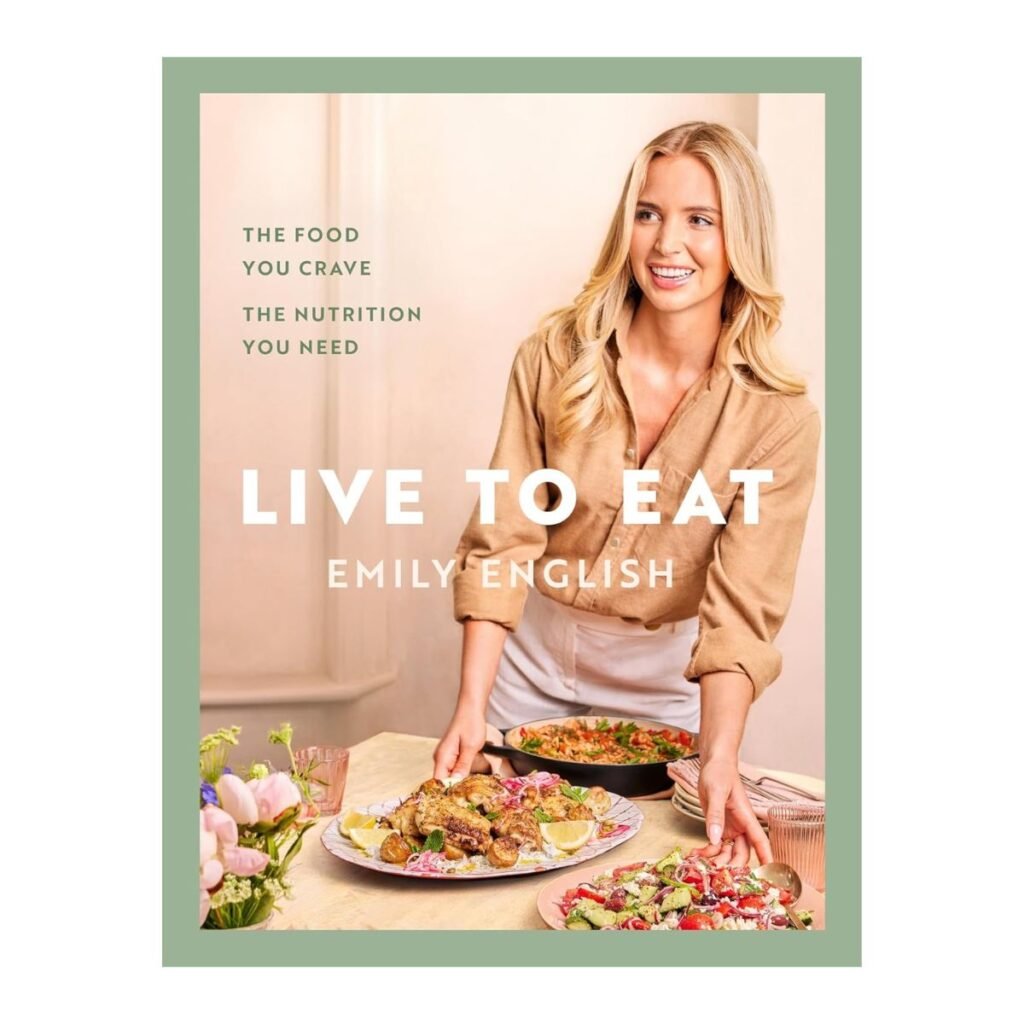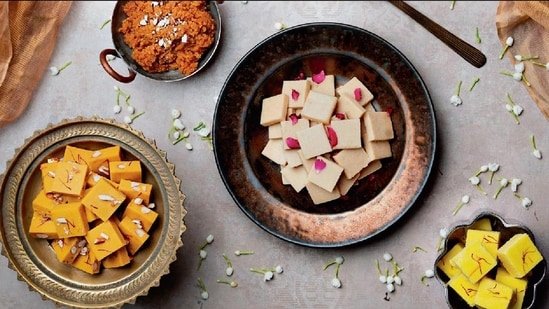No one is more surprised than Nikki Hart, 56, that she’s ended up in a public speaking role, simplifying nutrition advice for New Zealanders through the media. With a stutter since childhood, the registered nutritionist of 30 years has regularly appeared on our screens, sharing ways to ensure realistic, lifelong positive changes in our eating.
The bubbly Auckland mum-of-two daughters (Amelia, 20, and Elyse, 17,) shares with the Weekly that she has a no-nonsense approach to food. Yes, she drinks blue milk because “you cannot milk an almond” and only had three rules for her children growing up: no eating standing up, no eating in front of a screen and no eating in a car so food didn’t become a mindless activity.
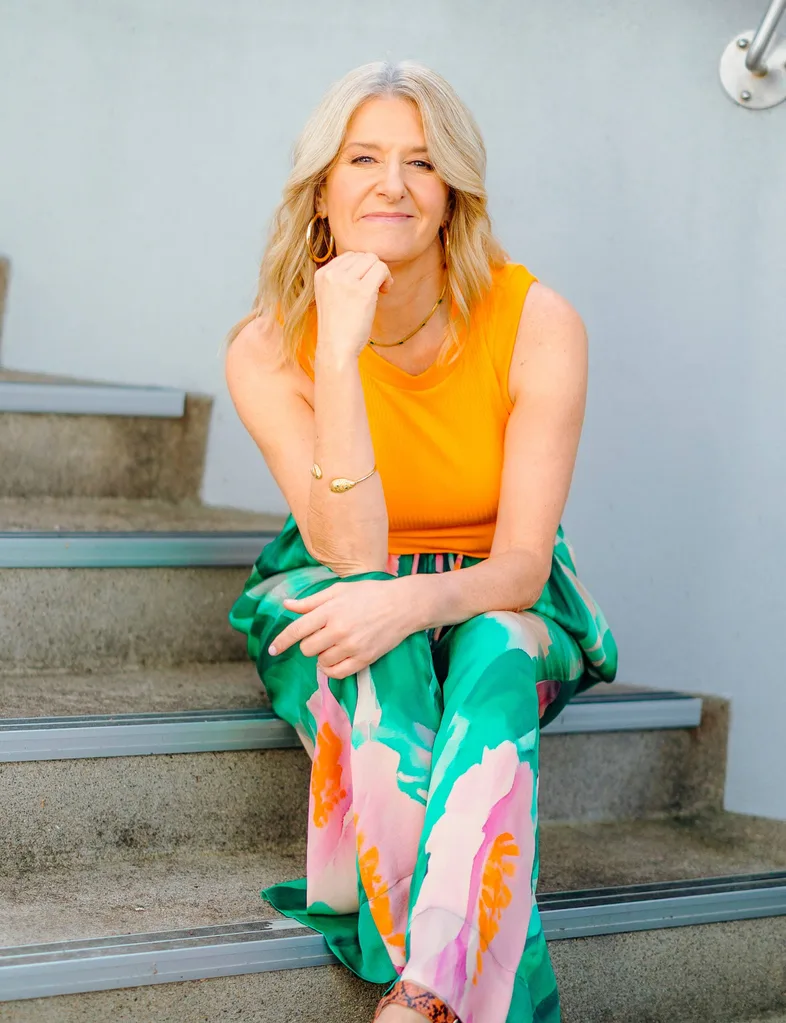
Tell us about your journey with stuttering.
I was a great little talker until about four. Because my parents were immigrants from Northern Ireland, I had an Irish accent too. Speech therapists thought my stutter was a developmental thing, where my brain was going faster than my mouth, but I wonder if it was also because I sounded a bit different to the other kids at Playcentre? Having a stutter is exhausting and frustrating. I was teased quite a lot when I was younger because I basically stuttered on every word. The thing I hated most was standing up to say my name on the first day of school.
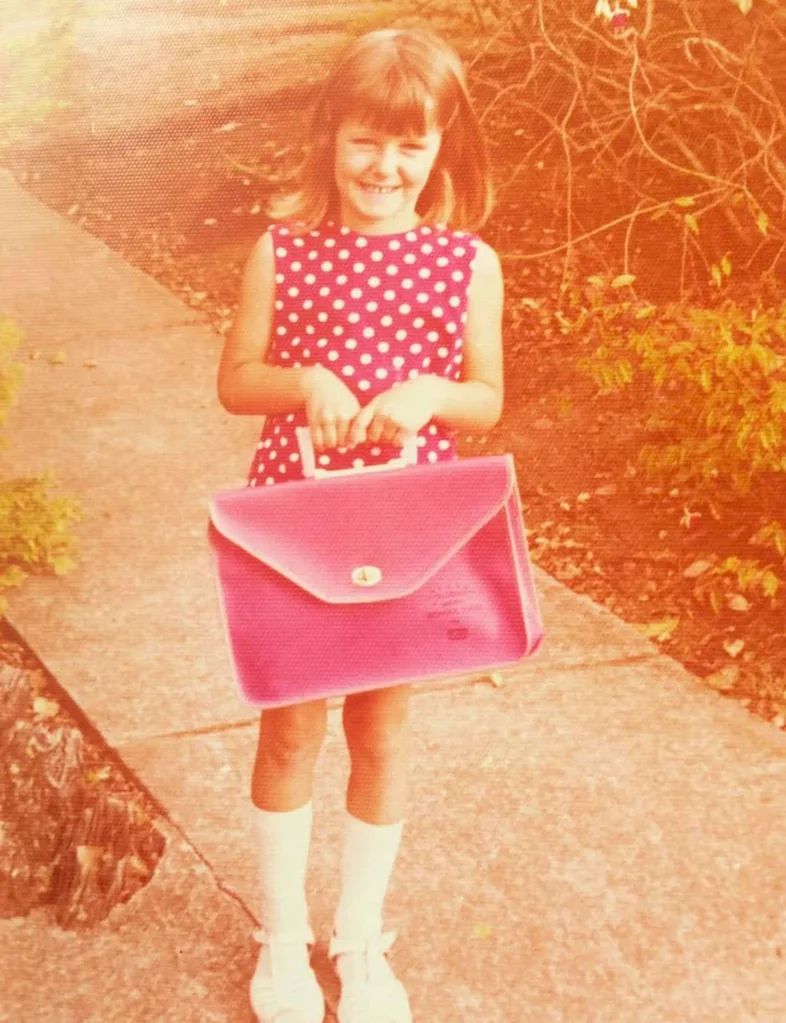
Who helped you to manage it?
Avondale Primary had a speech therapy unit so my mum would take me there once a week. If it wasn’t for the amazing speech language therapists, I wouldn’t have the voice I have today. I also had a wonderful speech and drama coach called Patricia Stoddard, who encouraged me through poetry and rhymes. My stutter got better in my high school years but was still very apparent. One teacher put me into the debating team saying, ‘The only way you’re going to deal with this is if you can learn to talk on the fly’. What I loved most was being in the choir, because you don’t stutter when you sing. Funnily enough, I’m actually quite grateful for my stutter, because it’s boosted my resilience.
And you grew up to speak on live television!
I know! When former Good Morning host Mary Lambie offered me a regular nutrition slot, I phoned my mum and said, ‘You’re never going to believe it – your Westie daughter with the stutter is going to be on the telly!’ I absolutely love sharing nutrition tips but I was so worried I would sound foolish if I stuttered on air. But one of my university professors said, ‘Don’t let it scare you because you know your stuff – the words will just come.’
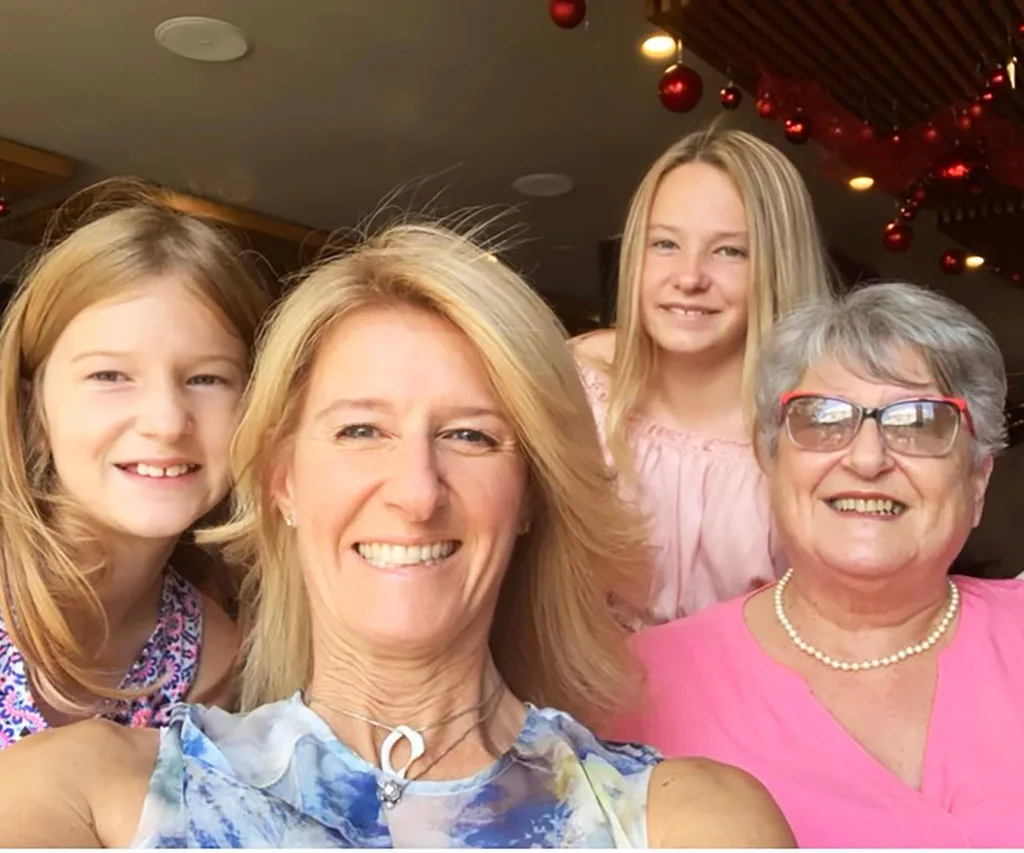
This month you’re raising money for the Stuttering Treatment and Research Trust by trying a new food every day. What’s on your list?
Black pudding (that scares me), haggis, Pomelo, Nepalese food, bubble tea, and soup dumplings. My daughters think it’d be very funny to take me into a KFC restaurant.
How did you start out as a nutritionist?
I’ve actually never had a job interview in my life! I’ve just been really lucky to have serendipitous meetings. After I graduated from university, I joined Les Mills at their flagship gym in Victoria St (I was dating an Ironman at the time). I asked at the reception if they had a nutritionist on-site. CEO Phillip Mills happened to be walking past and heard my question. He said ‘That’s a great idea! I’ll salary you for six weeks and then you can contract.’ Because that gym is directly down the road from TVNZ, whenever there was a nutrition story, a journalist would come down, hand me a microphone and ask for a sound bite on whatever the topic was.
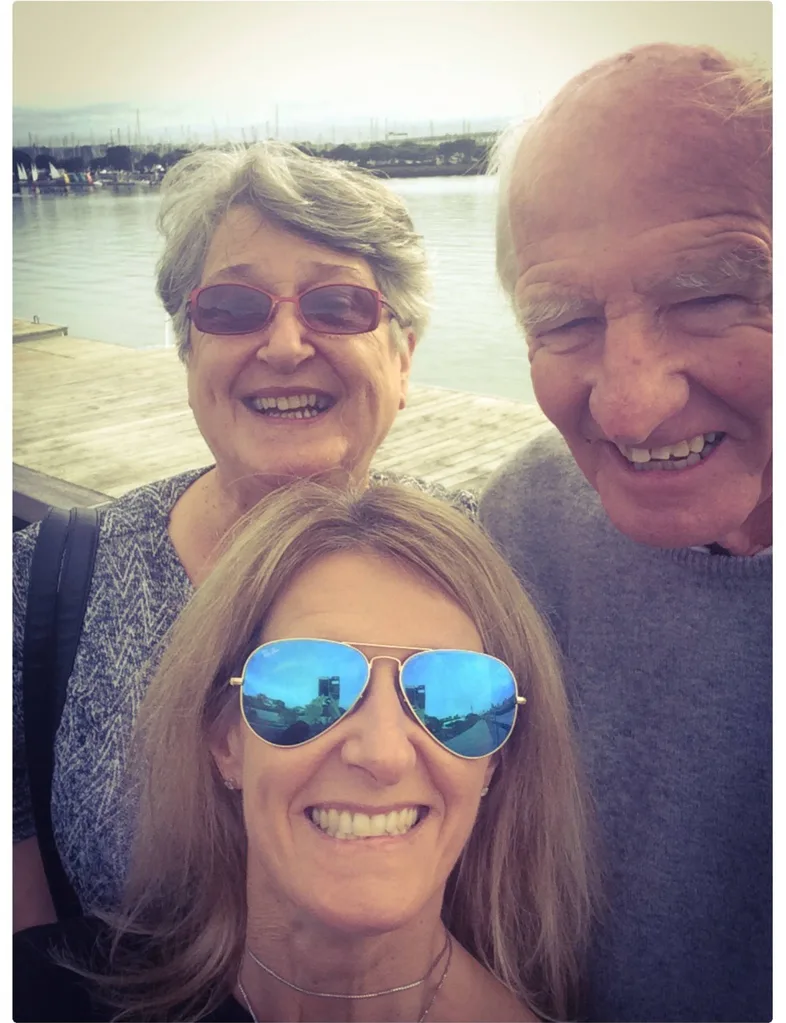
And then you began to be known as the woman who gave nutrition advice on the telly.
Yes, and from my slot on Good Morning (while running my private clinic), I got my start on the very first nutrition reality TV show Eat Yourself Whole, followed by The Fat Chance. I enjoyed hosting these shows as they allowed me to bring nutrition in a useful way to New Zealanders who couldn’t afford to see a nutritionist.
Share your pantry or fridge essentials?
Vogel’s bread, baked beans, eggs, cheese, mince, a bag of spinach and frozen blueberries.
What did you used to take to a kids’ party?
I would always take fairy bread. People would be shocked – ‘That’s just sprinkles!’ What they didn’t know is I used a high-fibre white bread and an unsaturated spread so as far as I was concerned, I had ticked a few boxes. It’s not about being perfect or your kids being restricted. Nothing was off limits in our house. My daughters knew they could have a piece of baking in one hand but they’d need to have a piece of fruit in the other.
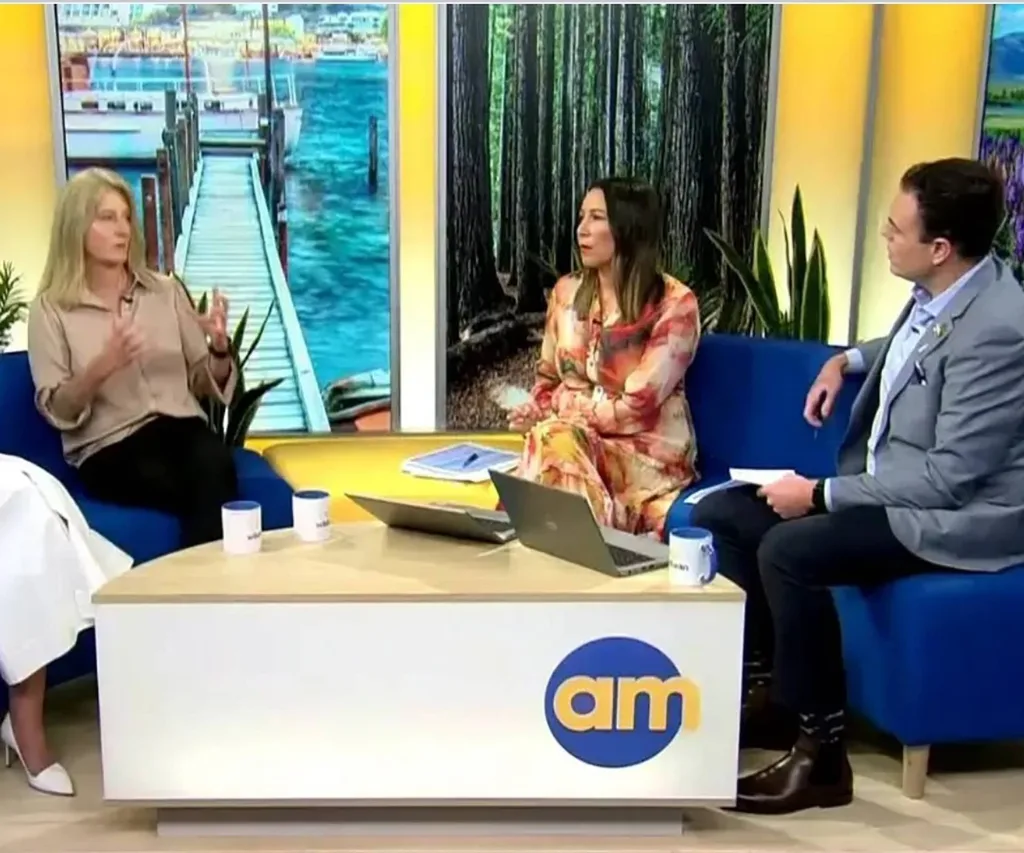
How has nutrition changed from when you started?
I remember there used to be ‘No cholesterol’ stickers on avocados (laughs). Sadly, I worry about food trends being pushed by those who are not registered nutrition professionals. I also worry that in this push for sustainability and eating plant-based protein, we’re villainising animal protein. This is not great for women of reproductive age, children or seniors. For example, we know that if a “planetary diet” was adopted by women of a reproductive age, intakes of iron, zinc, calcium and vitamin B12 would be below the recommendations. We need a more balanced approach.
For a woman in mid-life, it can feel like a full-time job calculating enough fibre and protein at each meal – what are your thoughts on it?
We rewrote our serving guidelines in New Zealand in 2020. They hadn’t been changed since 1991, so they were pretty out of date. The new guidelines for women aged 50+ meant there was a small drop in breads and cereals, but their dairy and other protein needed to be boosted to prevent osteoporosis and protect against muscle decline. I think that’s where the ‘hype’ for protein has come. Do we need buckets of protein powder? Probably not. Is cottage cheese magical for being low-fat and high-protein? Not really. But if you enjoy eating them as part of your diet, great!
What was your go-to food in menopause?
I love soup because it’s a way of getting quality lean protein and lots of vegetables in, and keeps you hydrated and nourished so you don’t snack badly. So I think that helped me. I’m also a huge fan of salmon because the omega-3 fatty acids are important for heart health and as our oestrogen declines during menopause, our risk for heart disease increases.
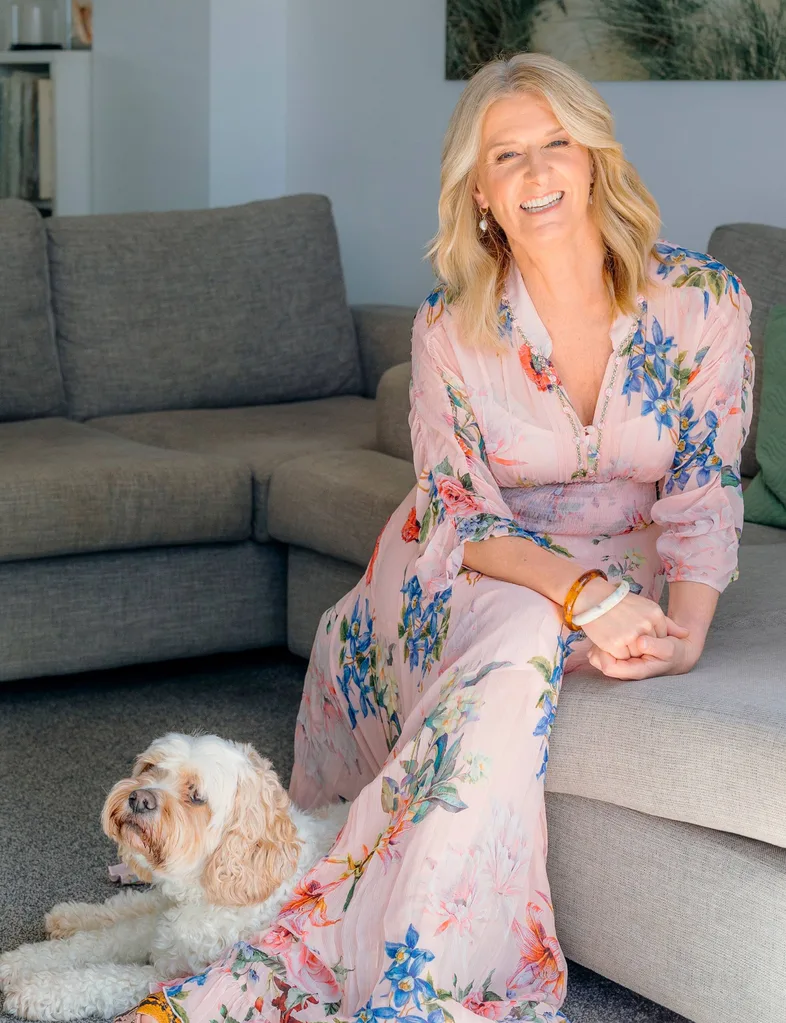
You’re helping to care for your mum Florence, 81. How have you stopped her from nutritional deficiencies when older adults are prone to eating less?
My dad died five years ago with dementia and now I’m caring for Mum who has osteoarthritis in her shoulder, so she struggles to chop food. She lives independently in a village, but I want to make things a bit easier for her and keep her nourished, so I make things like shepherd’s pie in portioned ramekins that she freezes. Our seniors can often become frail and malnourished because their decreased appetites make them survive on cups of tea and biscuits.
Tell us about a life-changing conversation you’ve had.
I was in my twenties, larking about in Spain and was at the Running of the Bulls. The next morning, I thought I’d go find a bakery. I went into the town square, saw two people sitting on a park bench with backpacks scoffing pastries, so I asked where they were from and we started chatting. You could tell they weren’t locals, so I asked what they were doing, and they said ‘the Camino’. They talked about the simplicity of walking and it just resonated with me. It’s sat in my brain for more than 30 years and now I’m embarking on the Camino de Santiago Francés in May 2026.
Wow, are you doing it on your own?
Yes! I know it sounds bonkers. I went through a marriage separation 11 years ago – as a woman, you want to know that you’re capable. So I circumnavigated Mount Ruapehu on my own. It was really empowering. I have been caring for my children, my parents and my clients for decades and now that my daughters will both be at university I feel I owe it to myself to take this time for me. And you are not truly alone because you meet and talk with other pilgrims as you wander along. I’m also interested to see how my body will respond to walking an average of 25 kilometres a day for 35 days from Saint-Jean-Pied-de-Port to Santiago de Compostela. It’s all about the journey, not the destination.
What’s your quick, go-to summer salad?
A Persian-inspired Shirazi. I finely chop up a telegraph cucumber, tomatoes, then the green tops of spring onion and handfuls of fresh parsley and mint and squeeze lemon or lime juice through it. Super refreshing! You can also add dried chilli and/or chopped coriander.
There are currently 75 young people waiting five months to see a speech therapist in New Zealand.
To support Nikki to raise funds for Stuttering NZ visit stuttering.co.nz or for nutrition advice go to nikkihartnutrition.co.nz

